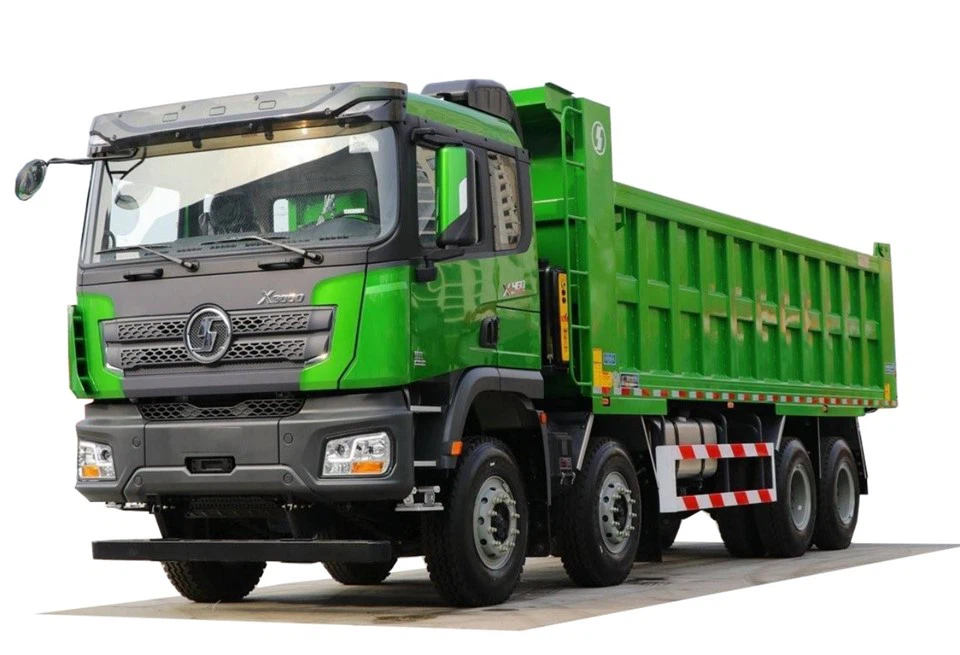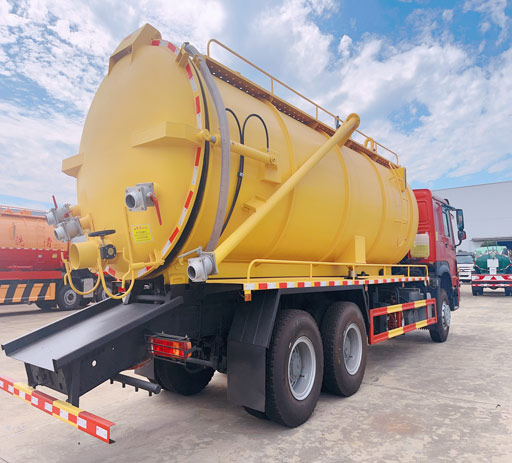What is a Retarder on a Semi Truck? A Comprehensive Guide

When it comes to driving a semi truck, understanding the various components of the vehicle is essential for both safety and efficiency. One critical feature that many drivers encounter is a retarder. This article delves into what a retarder is, how it functions, its benefits, and much more. We’ll cover everything you need to know about this essential component of modern semi trucks.
Table of Contents
- What is a Retarder?
- Types of Retarders
- How Do Retarders Work?
- Benefits of Using a Retarder
- Retarder vs. Traditional Brakes
- When to Use a Retarder
- Maintenance and Care for Retarders
- Common Issues with Retarders
- Retarder FAQ
What is a Retarder?
A retarder is a device designed to reduce the speed of a semi truck without relying solely on traditional brakes. It serves as an auxiliary braking system, primarily utilized to slow down the vehicle during long descents or in heavy traffic situations. Retarders are commonly referred to as engine brakes or exhaust brakes, depending on their specific design and operating principles.
Purpose of a Retarder
The primary purpose of a retarder is to enhance safety by providing additional stopping power, especially under conditions where standard brakes may overheat or wear out too quickly. By reducing reliance on the main brake system, retarders help mitigate brake fade, extending the life of the brakes and enhancing overall vehicle control.
Types of Retarders
There are three main types of retarders used in semi trucks:
1. Engine Retarders
Engine retarders utilize engine compression to slow down the vehicle. When the driver releases the accelerator pedal, the engine’s compression creates resistance, reducing the truck’s speed.
2. Exhaust Retarders

Exhaust retarders work by redirecting exhaust gases back into the engine, creating a braking effect. This type is particularly effective in heavy-duty trucks as it can significantly reduce speed without excessive wear on the brakes.
3. Hydraulic Retarders
Hydraulic retarders use fluid dynamics to create resistance against the motion of the vehicle. They are often used in conjunction with traditional brakes to provide extra stopping power.
How Do Retarders Work?
Understanding how each type of retarder works is crucial for effective use:
Engine Retarders
When the driver eases off the accelerator, engine retarders increase the engine’s resistance, which slows down the wheels. This process creates a braking effect without adding additional wear to the brake pads.
Exhaust Retarders
Exhaust retarders function by creating back pressure within the exhaust system, slowing down the engine’s RPM and thus reducing vehicle speed. The driver activates the exhaust retarder through a switch, and it can be adjusted based on speed and load.
Hydraulic Retarders
Hydraulic retarders use hydraulic fluid to create drag against a rotor, effectively slowing the vehicle. They work independently of the brake pedal and can be activated at any time, offering excellent control over vehicle speed.
Benefits of Using a Retarder
Incorporating a retarder in semi trucks has several advantages:
- Increased Safety: Retarders provide additional braking support, particularly on steep inclines.
- Less Brake Wear: They help preserve the life of primary brakes by reducing the frequency and intensity of their use.
- Better Control: Retarders can be particularly useful for maintaining speed in heavy traffic or downhill situations, giving drivers more control.
- Improved Fuel Efficiency: By minimizing brake wear, trucks with retarders often require less frequent tire and brake replacements, thus reducing long-term costs.
Retarder vs. Traditional Brakes
| Feature | Retarder | Traditional Brakes |
|---|---|---|
| Function | Slows the vehicle without wear | Stops the vehicle with friction |
| Heat Generation | Minimal heat buildup | High heat generation during use |
| Maintenance | Lower maintenance costs | Frequent replacements needed |
| Activation | Automatically or via switches | Pedal activation required |
When to Use a Retarder
Knowing when to engage a retarder can improve safety and vehicle longevity:
During Descents
When navigating downhill stretches, using a retarder is crucial. It helps maintain control and speeds while reducing the risk of brake fade.
In Heavy Traffic
In stop-and-go traffic, a retarder can assist with gradual deceleration, allowing for a smoother driving experience.
While Towing Heavy Loads
When hauling heavy loads, the extra braking power from a retarder is invaluable, enhancing safety on sharp turns and steep hills.
Maintenance and Care for Retarders
Proper maintenance is vital for ensuring the longevity and effectiveness of retarders:
Regular Inspections
Schedule regular inspections and checks of the retarder system to identify potential issues before they escalate.
Fluid Levels

For hydraulic retarders, monitor and maintain appropriate fluid levels as specified by the manufacturer.
Cleaning Components
Keep exhaust systems clean to prevent functionality issues with exhaust brake retarders, ensuring optimal performance.
Common Issues with Retarders
Understanding potential problems can aid drivers in maintaining their vehicles:
Overheating
Inadequate coolant levels in hydraulic retarders may lead to overheating, causing reduced efficiency. Regularly checking coolant is essential.
Control Issues
Problems with retarder activation switches can result in loss of control over the system. Ensure that these switches are functioning correctly.
Clogging in Exhaust Systems
Exhaust retarders can face clogging, affecting their efficiency. Routine inspections can help prevent this issue.
Retarder FAQ
1. Can I drive a semi without a retarder?
Yes, you can drive a semi without a retarder, but using one vastly improves safety and reduces wear on the brakes.

2. Will using a retarder increase my fuel efficiency?
While a retarder may not directly increase fuel efficiency, by reducing brake wear, it leads to lower maintenance costs over time.
3. Are there weight limits for using a retarder?
There are generally no specific weight limits, but heavier loads may require more careful management of your retarder use to maintain safety.
4. How can I tell if my retarder is malfunctioning?
Signs of a malfunctioning retarder might include unresponsiveness, unusual noises, or a warning light on the dashboard.
5. Can I retro-fit a retarder to my existing semi truck?
Retrofitting a retarder is possible, but it often depends on the truck model and manufacturer specifications. Consult a professional for advice.
6. Is there a difference in driving experience with a retarder?
Yes, driving with a retarder can enhance the overall driving experience by providing better control and reducing brake wear, especially in challenging driving conditions.
